| TALES OF HEATH & POND |
VISITOR'S GUEST BOOK | HISTORY OF THE HEATH & POND | GUESTS' PHOTOGRAPHS | SOURCES OF INFORMATION | VIDEOS | SITE MAP |
Crows
To see a larger copy of each image click on it; to see the next large image click at the right of the image, to go back click on the left of the image. To close a large image click on the cross in the top right hand corner.
New photographs are usually added to the bottom of the page - click to go to the bottom of this page
2021 |
||
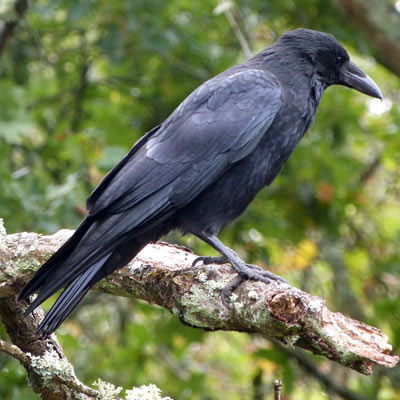 |
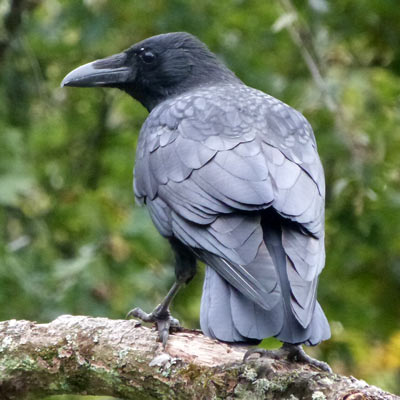 |
|
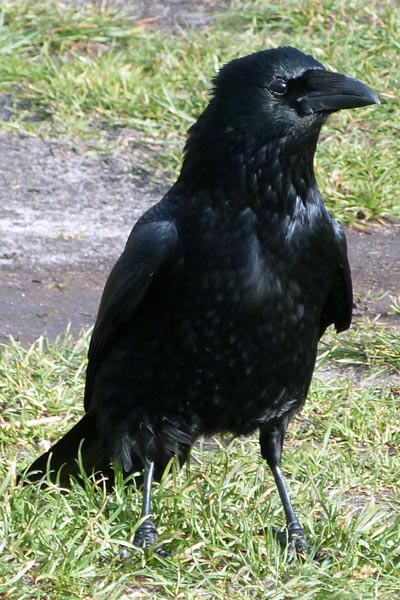 |
Most crows are adaptable but often shy where persecuted. In towns, some become tame and may visit gardens. They all have strong, scaly feet, and stout (or downcurved) bills, mostly with a small patch of bristly feathers covering the nostrils. Crows are extremely intelligent birds. They are known for their problem-solving skills and amazing communication skills. For example, when a crow encounters a mean human being, it will teach other crows how to identify the human. In fact, research shows that crows don’t forget a face. Many types of crows are solitary, but they will often forage in groups. Others stay in large groups. A group of crows is called a murder. When one crow dies, the murder will surround the deceased. This funeral isn’t just to mourn the dead, though. The crows gather together to find out what killed their member. Then, the murder of crows will band together and chase predators in a behavior called mobbing. Crows are omnivores, which means they eat nearly anything. Crows eat small animals such as mammals, amphibians, reptiles other birds. , eggs and carrion. They also eat insects, seeds, grains, nuts, fruit, non-insect arthropods, mollusks, worms and even |
|
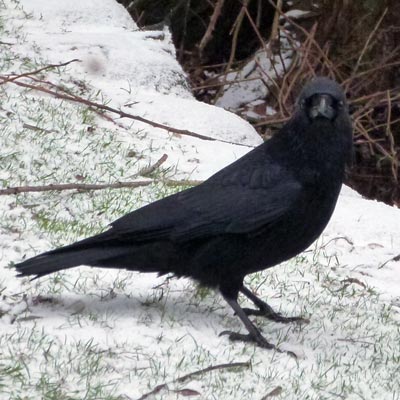 |
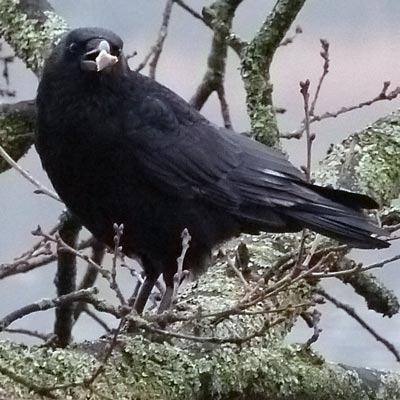 |
|
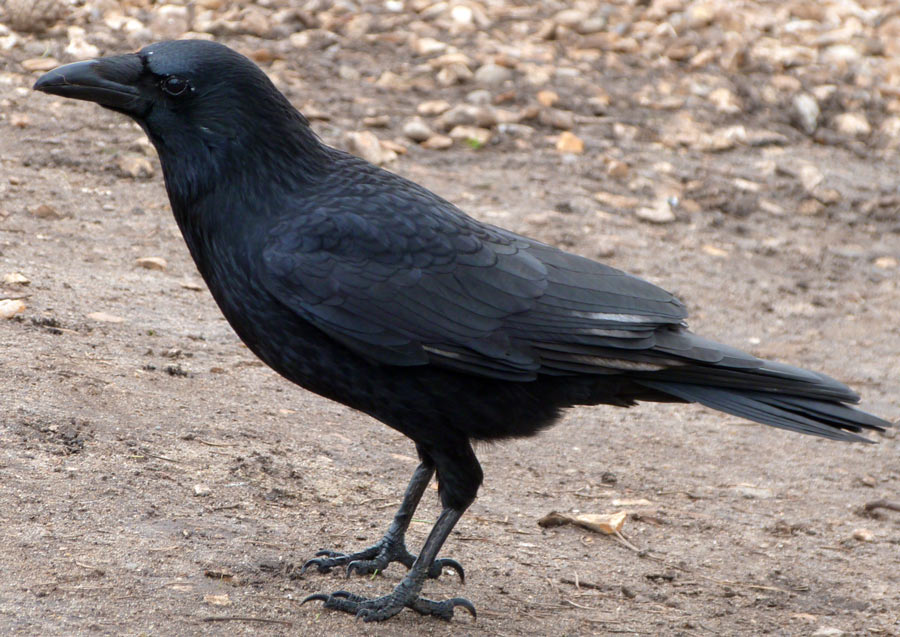 |
||
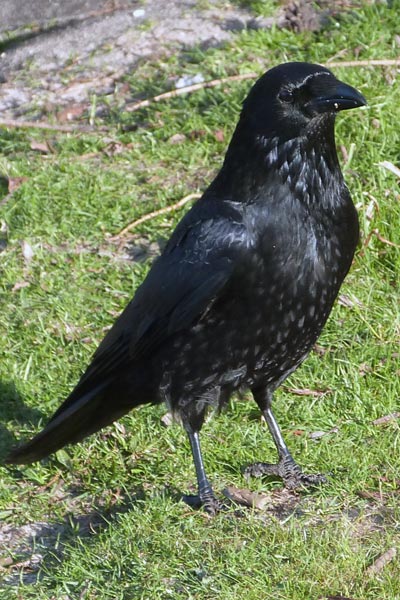 |
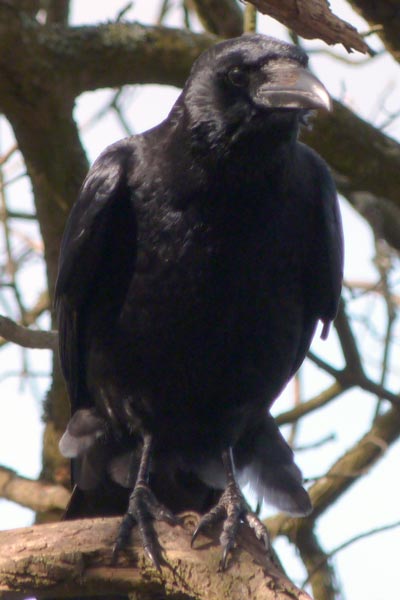 |
|
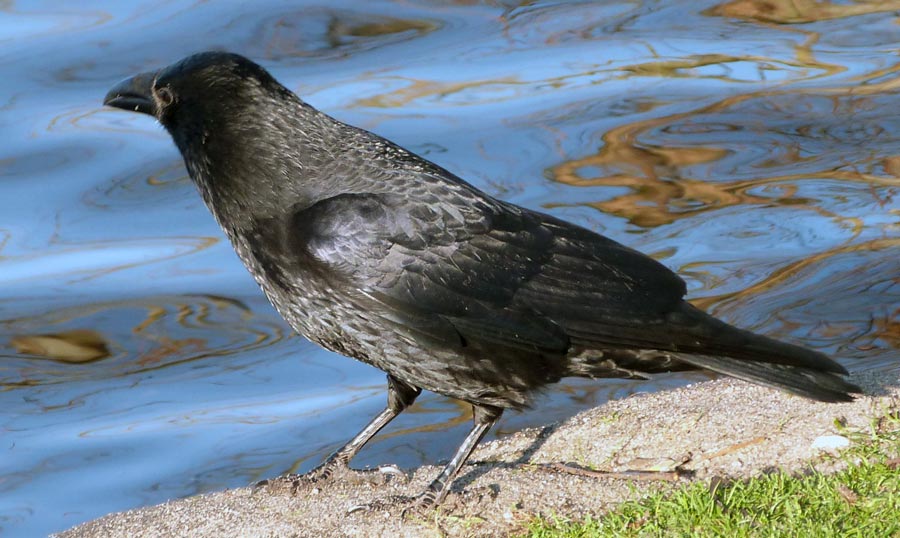 |
||
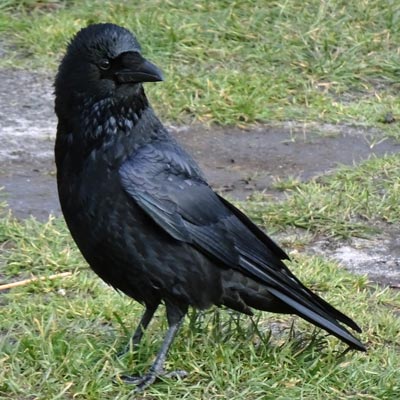 |
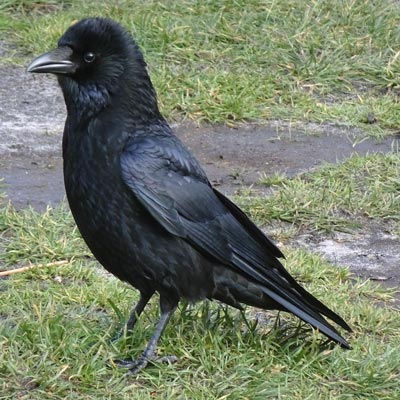 |
|
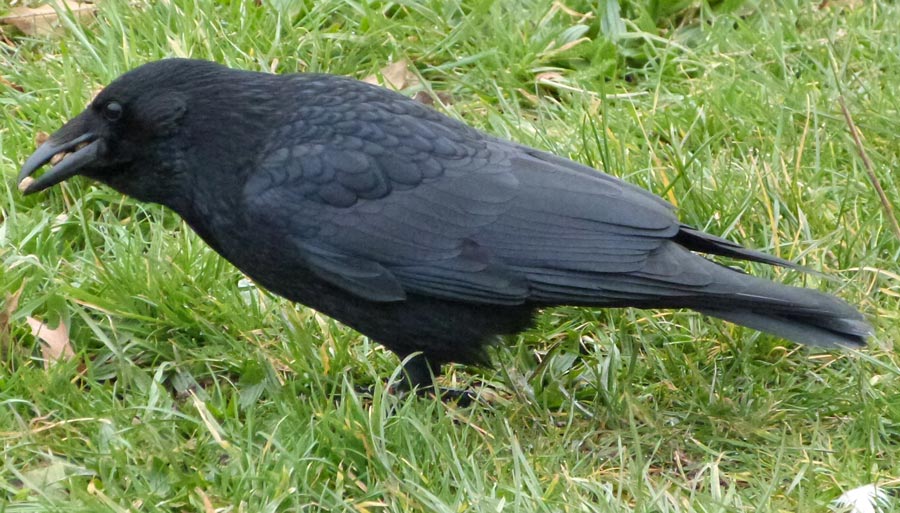 |
||
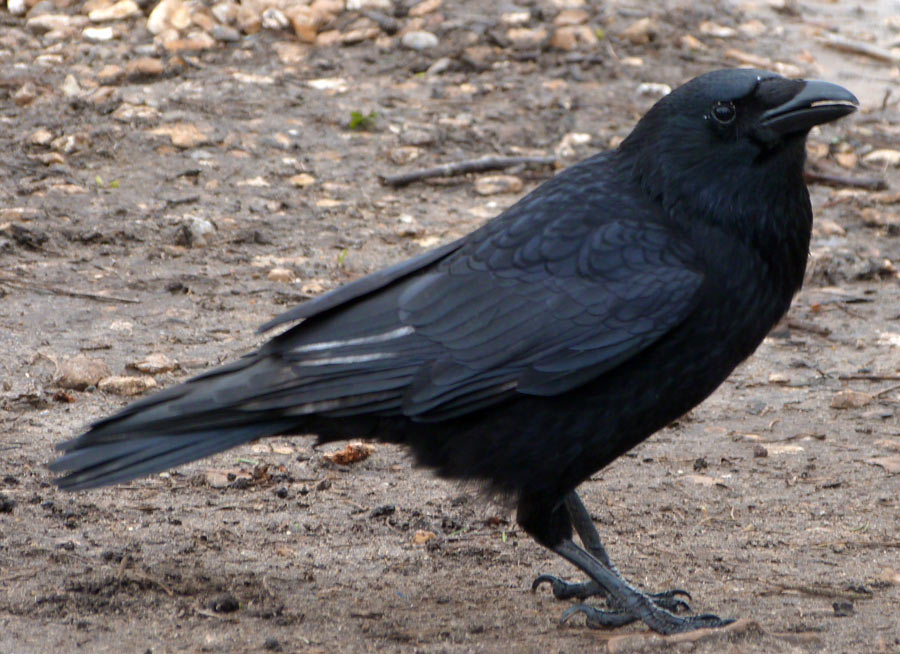 |
||
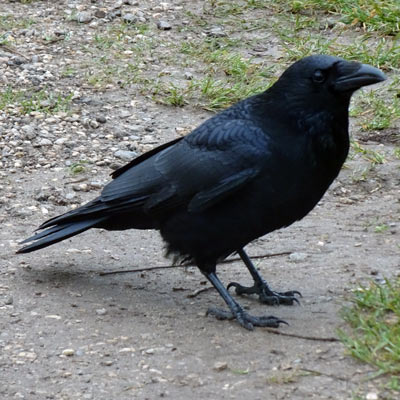 |
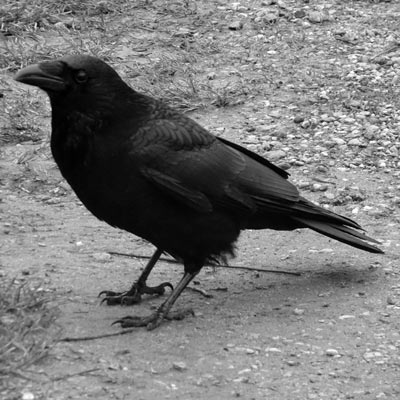 |
|
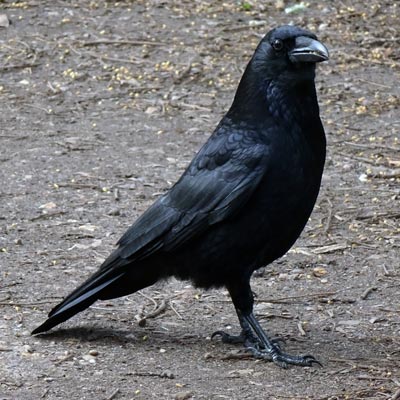 |
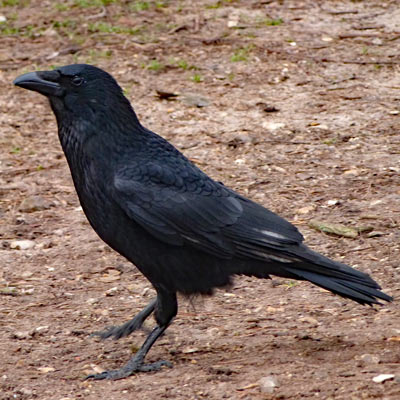 |
|
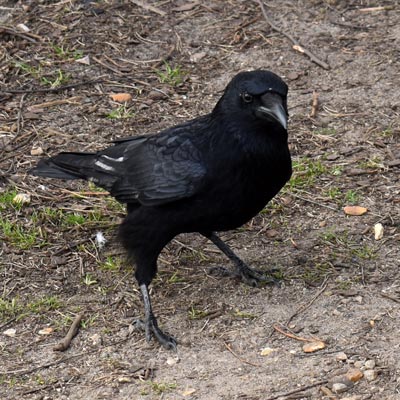 |
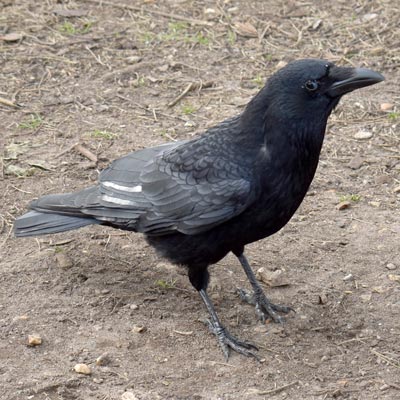 |
|
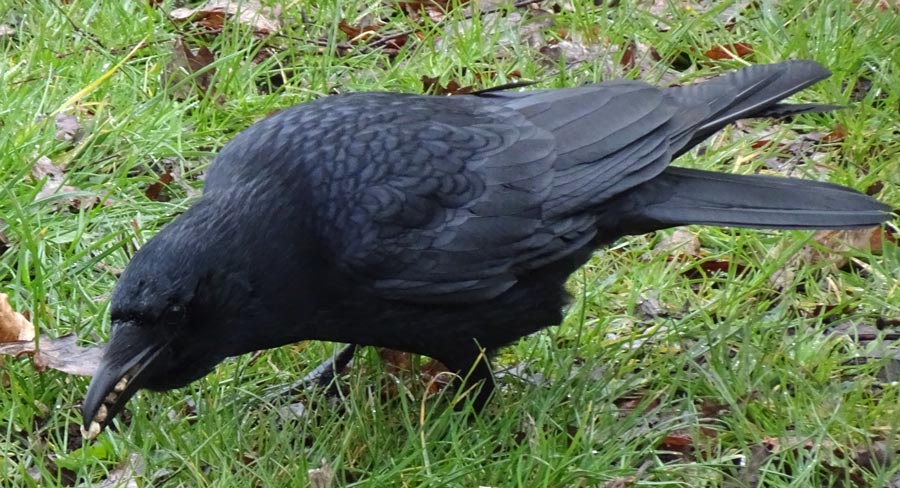 |
||
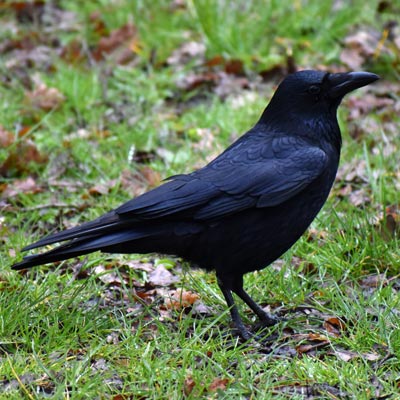 |
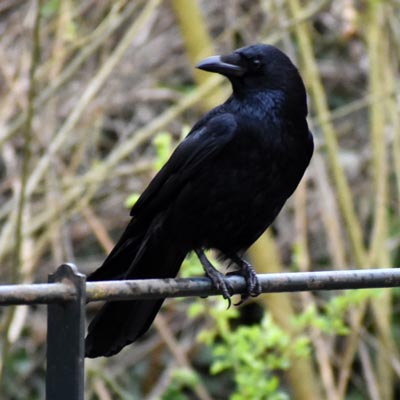 |
|
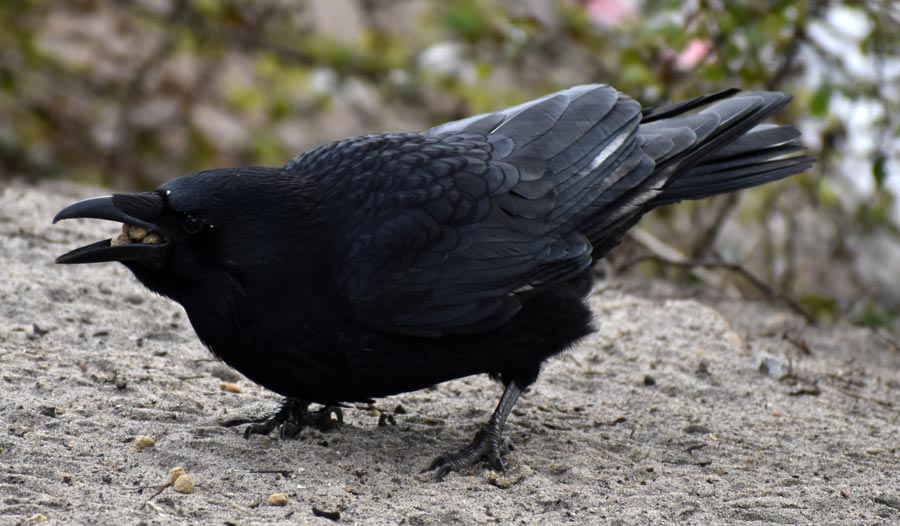 |
||
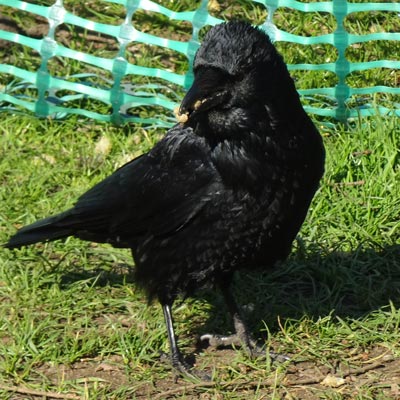 |
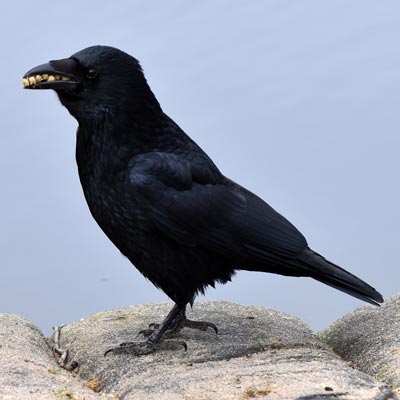 |
|
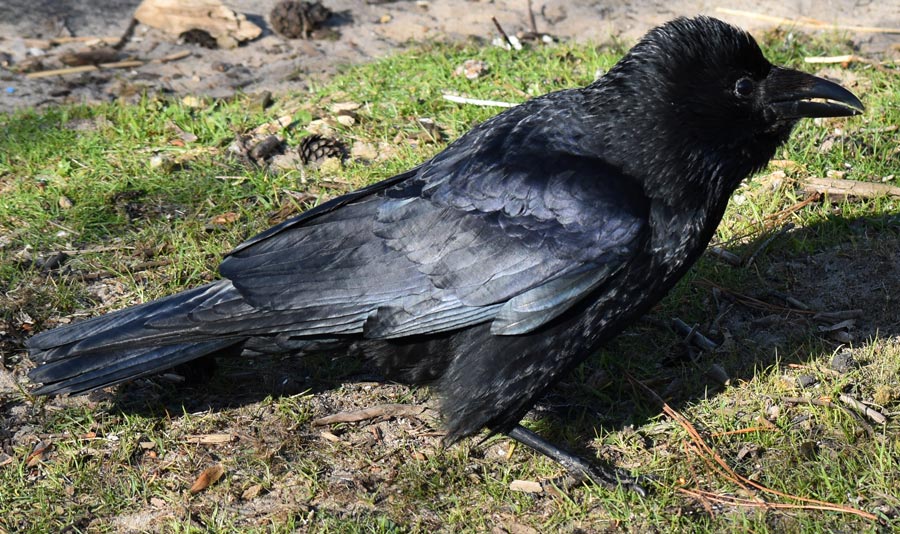 |
||
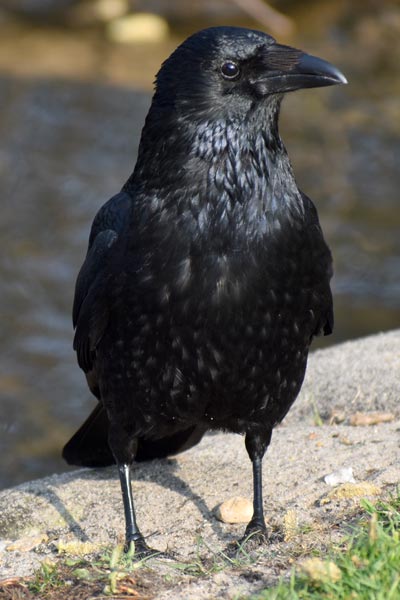 |
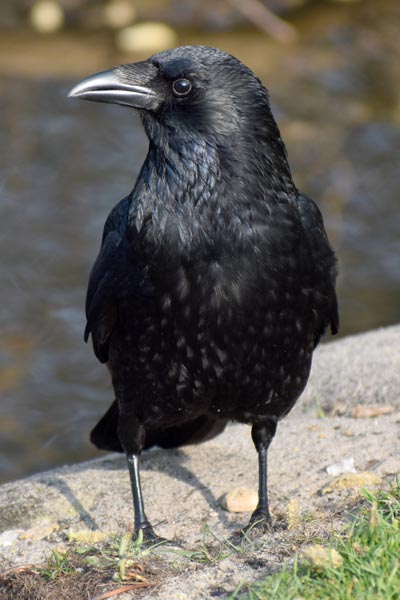 |
|
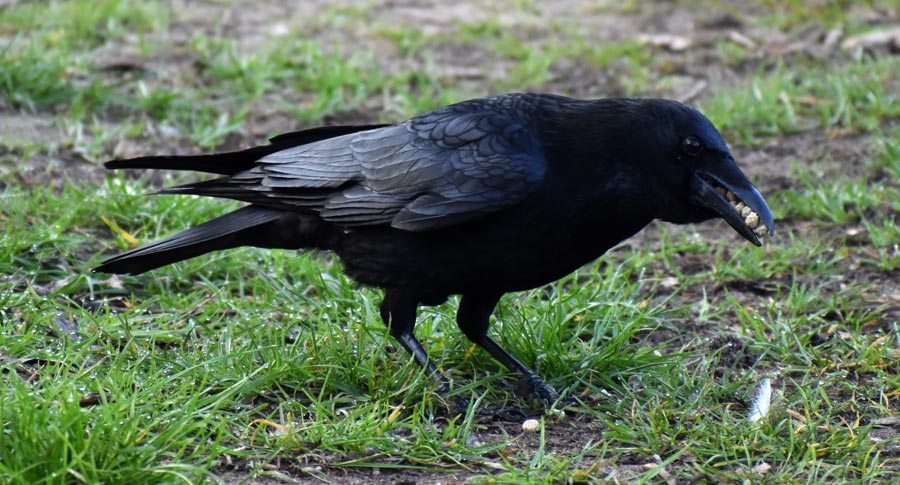 |
||
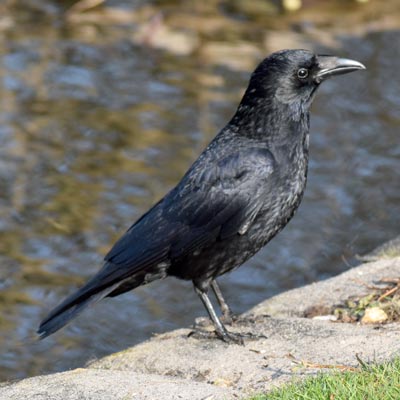 |
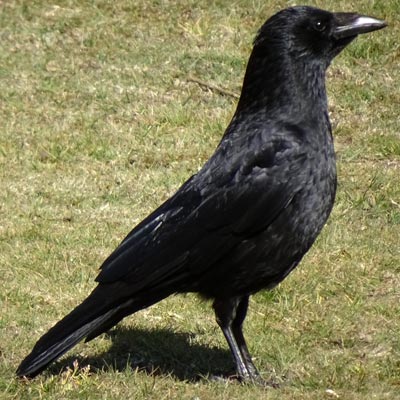 |
|
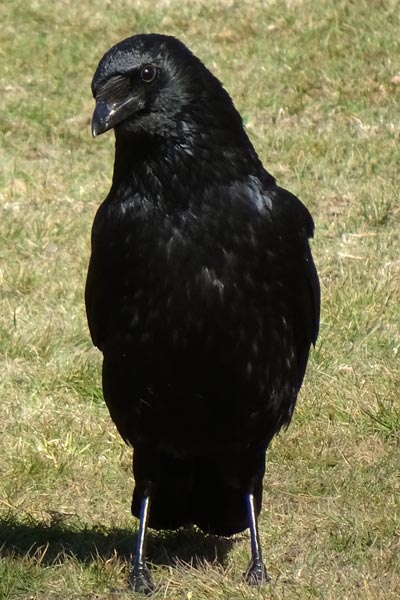 |
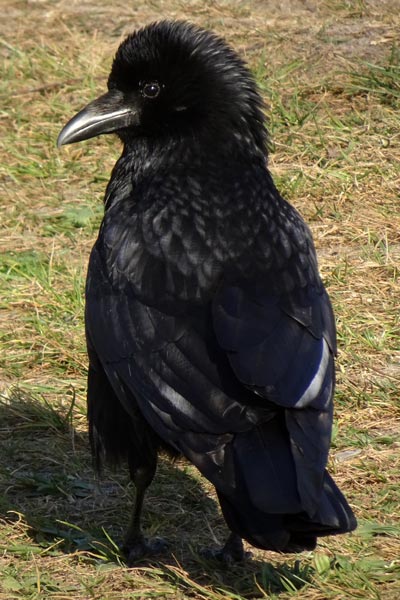 |
|
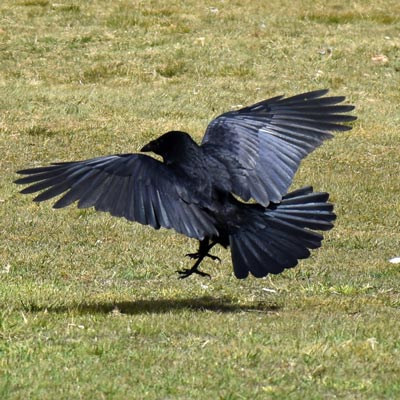 |
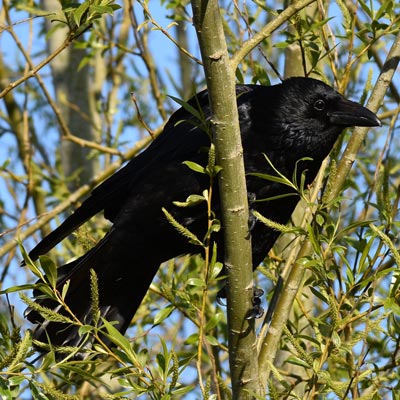 |
|
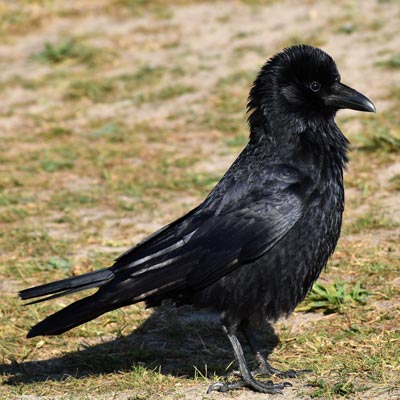 |
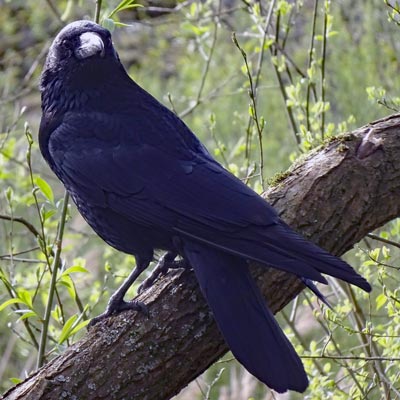 |
|
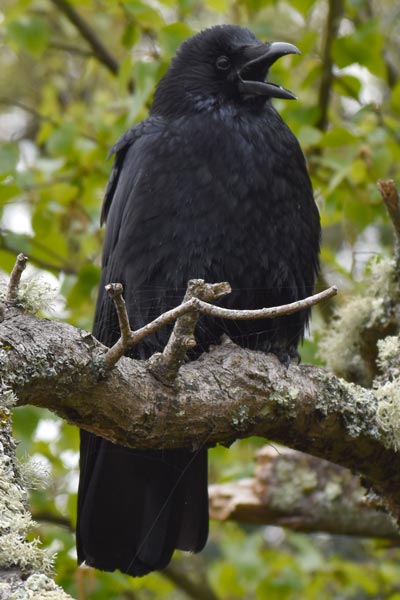 |
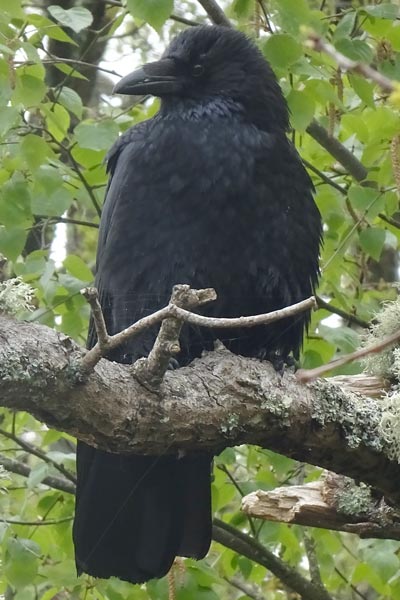 |
|
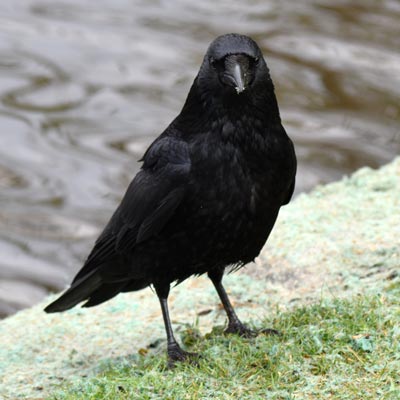 |
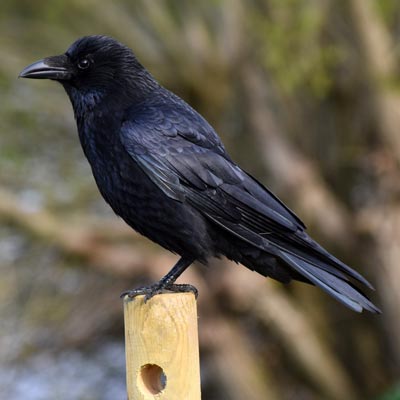 |
|
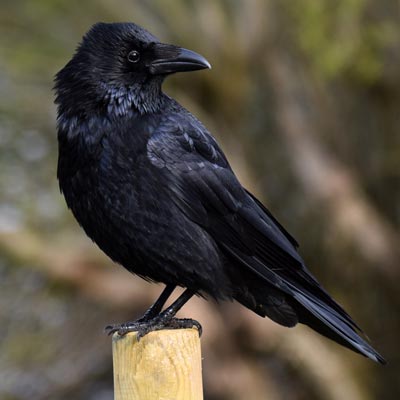 |
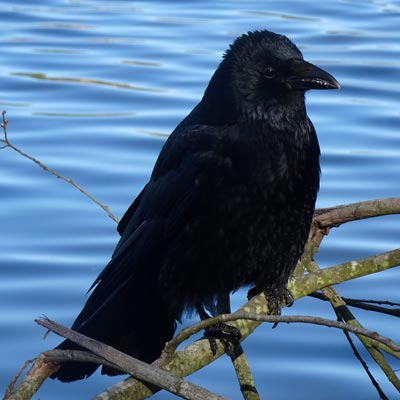 |
|
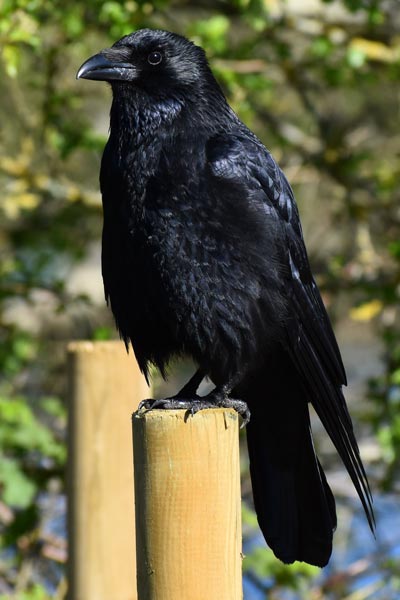 |
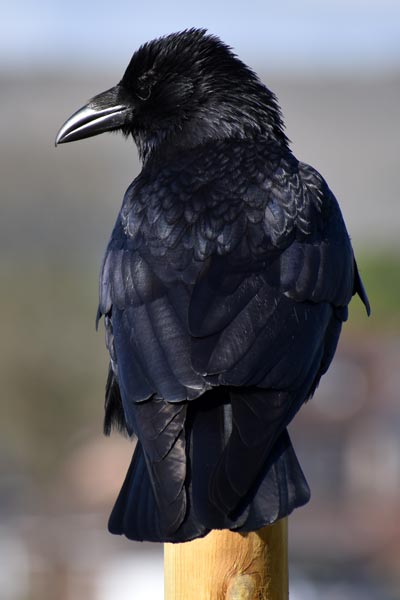 |
|
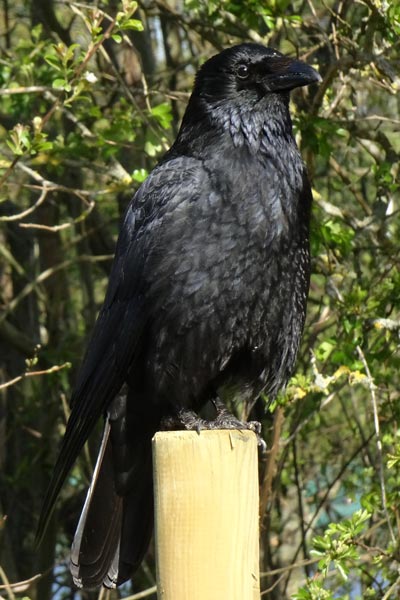 |
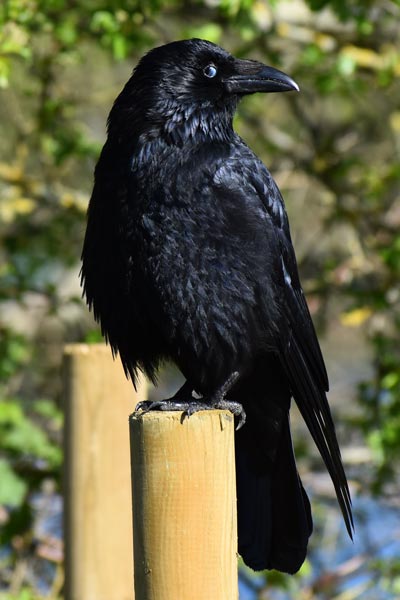 |
|
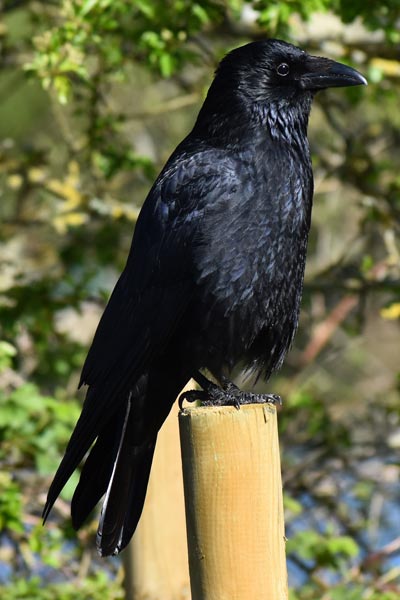 |
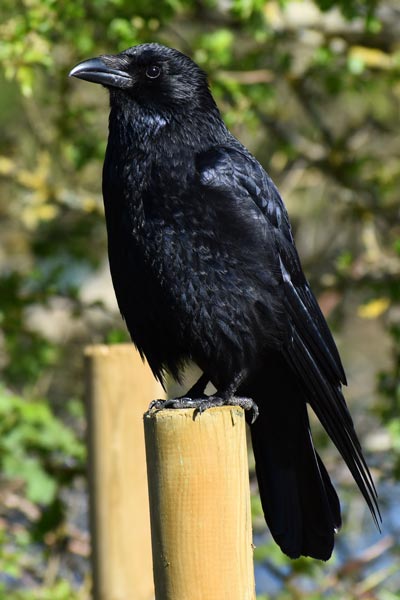 |
|
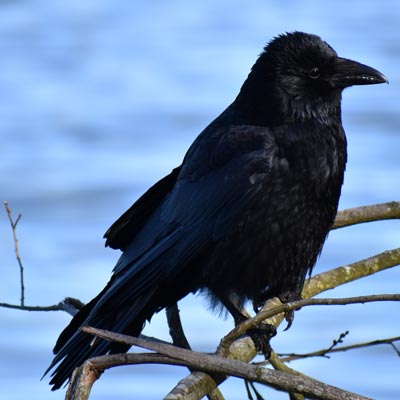 |
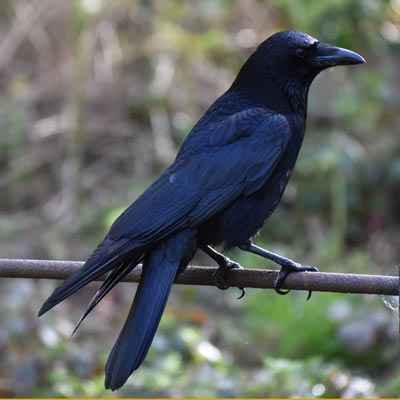 |
|
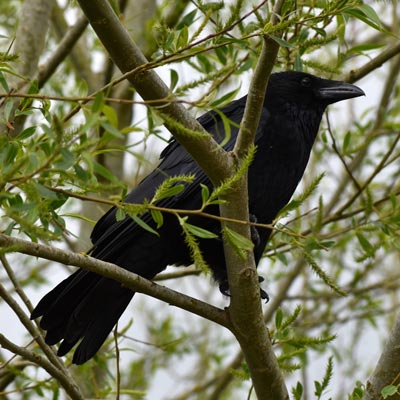 |
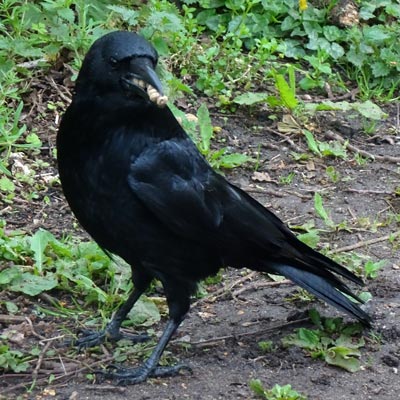 |
|
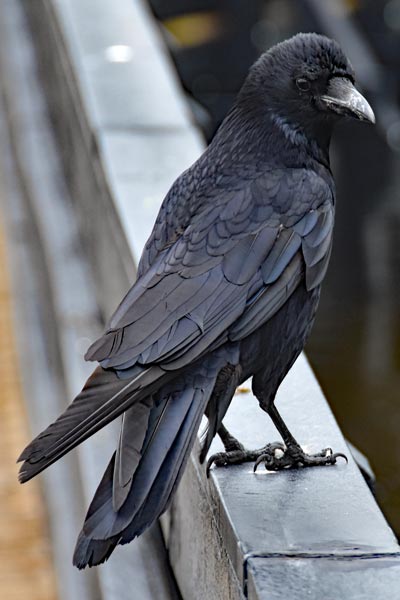 |
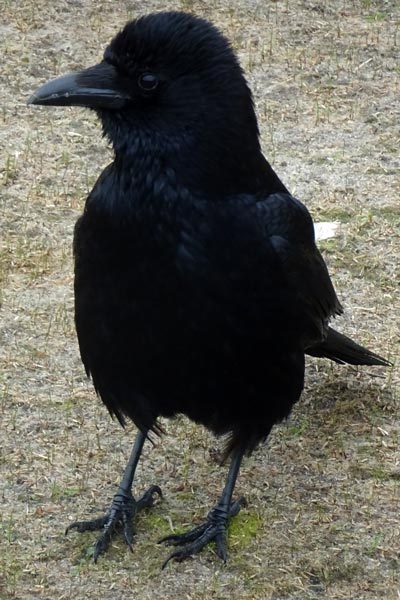 |
|
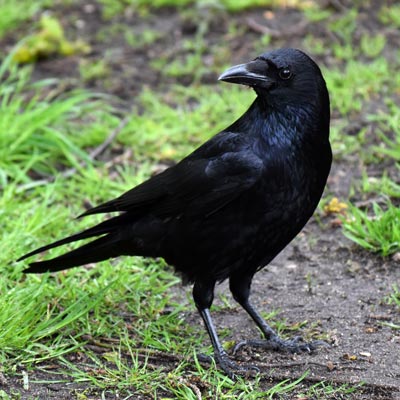 |
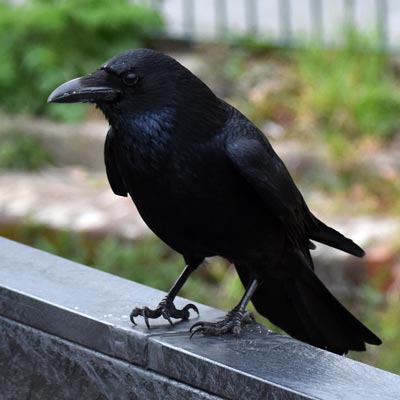 |
|
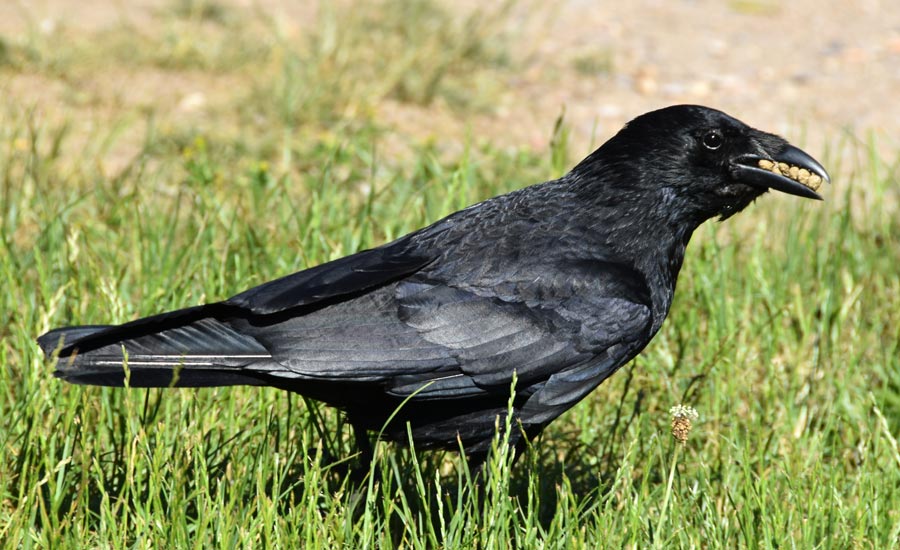 |
||
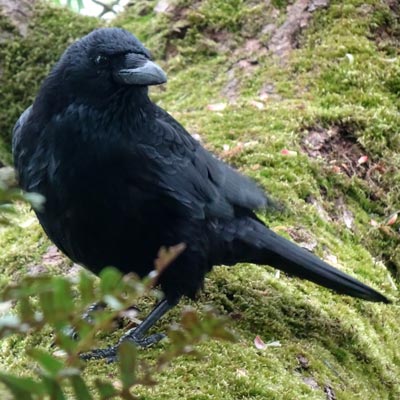 |
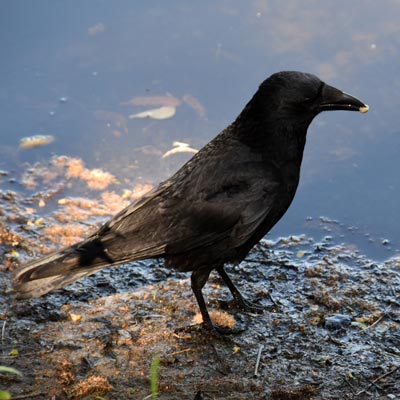 |
|
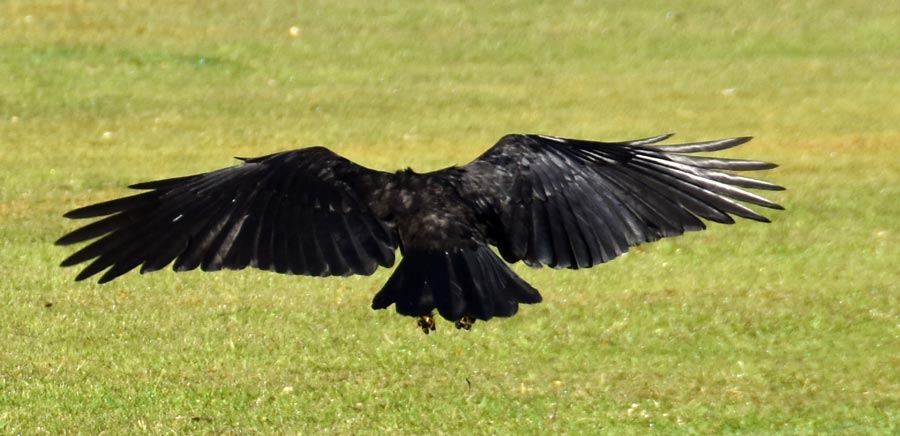 |
||
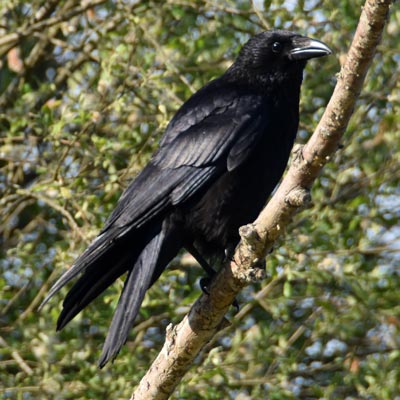 |
||
| Go to the top of this page | ||
